What I Learned About Health While Hunting for Elk.
A story about scale, strength and vitality.
Background
I try not to write about personal things if they aren’t concerned with health somehow. I’ll mention something in passing about hunting. Nothing extensive.
But, this year I went hunting for Elk in Colorado.
In fact, this is the final day of the hunt.
We aren’t out there this evening because there were unexpected constraints impacting the group.
Look, I haven’t been hunting very long. Not even a year yet.
But, I wanted to DIY a family hunting trip in Colorado because it was immediately after a conference I was attending in the area.
Four of us were supposed to go. One couldn’t make it.
My brother has never hunted. My father doesn’t like hunting. But, he wanted to look out for his kids and spend a couple of days in the Rockies.
We didn’t bag an elk, but we made progress fast.
We got so close on a few occasions. This was before first hunting day. But the rapid change in the conditions of this region made it difficult to proceed. The storms impacted a large part of the units we had prepared for.
The place we started with was great, we saw elk multiple times before the first official day of the season. Within shooting range.
But, the number of people that then joined this trailhead increased the pressure quite a lot. The elk went real deep into the wilderness and the weather got really cold and precipitous.
So we had to relocate a few times.
I can see why outfitters come with such fanfare.
Walled tents, trailers, horses.
You gotta figure out how to do this most effectively. It can be brutal.
The Rockies
There are a couple of ways that people tend to hunt.
I think most people are hunting out of a tree stand or a ground-blind, which is a camouflaged domicile on the ground.
Another form is to sit at a “glassing” spot, see what the animal are doing at other locations with some sort of long-range scope. Then, lay out a plot to catch ‘em when they least expect it. This is spot and stalk.
Another way to hunt is still hunting. Which is moving really slowly through the forest and paying close attention to things around you to increase your chances of seeing the animal before they see you. You achieve this in two ways.
Leverage your strong senses against the animal, and mask your own signatures.
Mask your form, scent, or step.
Enhance your vision with binoculars, for instance.
Recognize the form and color of the animal before they can recognize your own. Use all the information around you. Walk around very slowly. Observe a lot.
Look harder.
See them first.
This is how I like to hunt deer, and how I chose to hunt Elk.
And, I noticed some things.
First of all, the land which Elk inhabit is of a large scale. The label Jurassic Park is thrown around.
Like their habitat, Elk are also vast creatures. Far larger than whitetail, blacktail, Coues, or mule deer.
Elk have the characteristics of a deer, with the scale of a horse.
Often they are found at the extremes of conditions.
These conditions are high altitudes, steep inclinations, large aspects of the environment.
Snowy peaks. Around large creeks, rivers, ridges, meadows and basins.
The combination of factors means elk are large, powerful, and fast creatures.
The terrain they traverse in seconds we take much longer to move through. Especially if we want to move undetected while carrying a large weight.
The Connection to Light
In the Rockies, my face turned red. I’m guessing due to the higher intensity of sunlight and UV light.
We are told that UV light damages us, causes cancer and hastens our death.
The boogieman of light.
But, at higher altitudes closer to where the landscape is capable of sustaining elk (the Rockies) there’s a different story.
This is the relative altitude of the united states:
This is the elk distribution map:
Clearly, the altitude is playing a role.
But, at the altitude we were hunting (7,000 - 10,000 feet) everything is bigger. Plants and animals.
I’m not saying their aren’t small wildlife. Of course there are.
But, if you want to see the likes of trees the size of skyscrapers, Elk, Grizzlies and Moose…well.
Just comparing elk to whitetail deer, the differences are stark. Elk are larger (weighing as much as a horse) and stronger. Why is that?
Some may say that it’s just the environment that the Elk are in, it’s a necessity.
Well, that’s precisely the point of this article. If the likes of elk live in environments which are harsher, lower in oxygen tension, and higher in UV light exposure…how are they so much more robust?
Why do they live longer?
Surely, the nature of predation (mountain lions, wolves and bears) in addition to the harshness of the landscape and atmosphere would mean that Elk should have a lower life expectancy than the average deer.
But, they don’t.
The average Elk lives to about 10-13 years in the wild, whereas deer live to 4-5 years old.
It’s not just the Elk. Plants and smaller animals have a tendency to live longer at higher altitudes as well.
If you look at something like Blue Zones, or take regions of the world near mountain ranges…the conditions tend to have some overlap.
All the Blue Zones are in regions with high solar radiation. They also happen to be in places where people have a lot of social support, and walk in terrain that isn’t simply flat. In the Russian Federation, those with the highest life expectancy are the groups of people that live along the Caucasus mountain range.
So, what exactly is going on here?
The Role of UV in Growth and Vitality
As you probably know, I am not afraid of UV light. In fact, I seek it out.
Even in the high elevation of the Rockies, I did not block the Sun.
Yes, my face is a bit pink and tanned. But, I am not burnt.
No tingling, no burning, no skin peeling. Nothing.
In the past, I’ve talked about the role of UV light in tanning, vitamin, neurotransmitter and hormone production.
But, what does all this mean? What is UV light doing?
It turns out UV light, like many environmental stimuli, is a growth factor.
It’s both a source of energy and a message. The information and quantum of energy within packets of light are one. Here are some of the several pathways that UV light promotes repair, remodeling and growth.
Of course, this isn’t the entire picture.
The wildlife in the Rockies do not only have access to more UV light.
There is a caveat.
UV light, like most molecular messaging, enacts its growth and repair pathways by means of reactive oxidative radicals. This is inherent to physiologic communication but also stressful to the body.
So this is the first factor we need to take into consideration.
It is not merely enough to expose your body to the stresses of UV. Stress needs to be met with supplies and fuel.
Let’s tackle these one at a time.
Supplies = nutrition or things we consume (this is one of my pillars of Foundational Health).
We know from modern research that the oxidative stress associated with UV-light is heavily mitigated in the presence of appropriate sustenance:
Vitamin C
Vitamin E
Trace minerals
Fats, like Omega-3
I don’t believe you need to take supplements, but allow these requirements to guide your diet. The other aspect that would guide your dietary choices are also your environment.
For instance, if the climate is drier, consider more hydrating foods. Especially if you already have a drier temperament.
Next, we need to consider the quality of water. Since water is the mystical electromagnetic medium within which our lives rest, it is crucial to have high-quality naturally sourced water in our consumption.
The wildlife of the Rockies have access to clean untainted water reservoirs of the mountains.
Furthermore, in the presence of high UV you may also want to be in the presence of low atmospheric oxygen, to minimize the runaway oxidative reactions that may take place with oxygen levels similar to sea level.
Coincidentally, this is precisely the condition of high-altitude life. Lower oxygen in the atmosphere, and higher oxygen-tension in the body.
What this means is that the UV light is less likely to create oxidative chain reactions and the body is training to be much more effective with the less oxygen that is available for consumption.
But, There’s More…
Now that we’ve covered supplies and fuel, we need to address the final factor which promotes the strength and vitality of alpine life.
The phrase “use it or lose it” comes to mind.
The body needs stress to grow. Different body parts need different kind of stress to grow or get stronger.
For instance, bones, joints, and muscles get stronger under load.
Same with the heart. The nervous system can also improve with training.
Of course, the final factor is activity - another pillar of Foundational Health.
Activities themselves are growth signals. If you are placing your body in a state of increased “remodeling,” you better have the desired growth signals needed to guide the remodeling of your body in a direction that aligns with your goals.
Putting it All Together
As it turns out, as much as there is mainstream fear of UV…there is just as much scientific research looking at the beneficial effects of this band of light.
So much so, that we need to develop a new way of knowing and understanding UV light.
This is one such attempt.
Knowing the conditions for life in the Rockies, I couldn’t understand how the wildlife and humans were thriving so much.
With more UV light? With less Oxygen?
The conclusion I came to was this:
High stress/growth signals paired with appropriate fuel and nutrition, in the setting of activity to guide the growth of your body and mind leads to positive health outcomes.
Even at high altitude and rough terrain.
Of course, many of the micro-decisions in this paradigm will be guided by your own particular temperament, which sits at the foundation of the pillars.


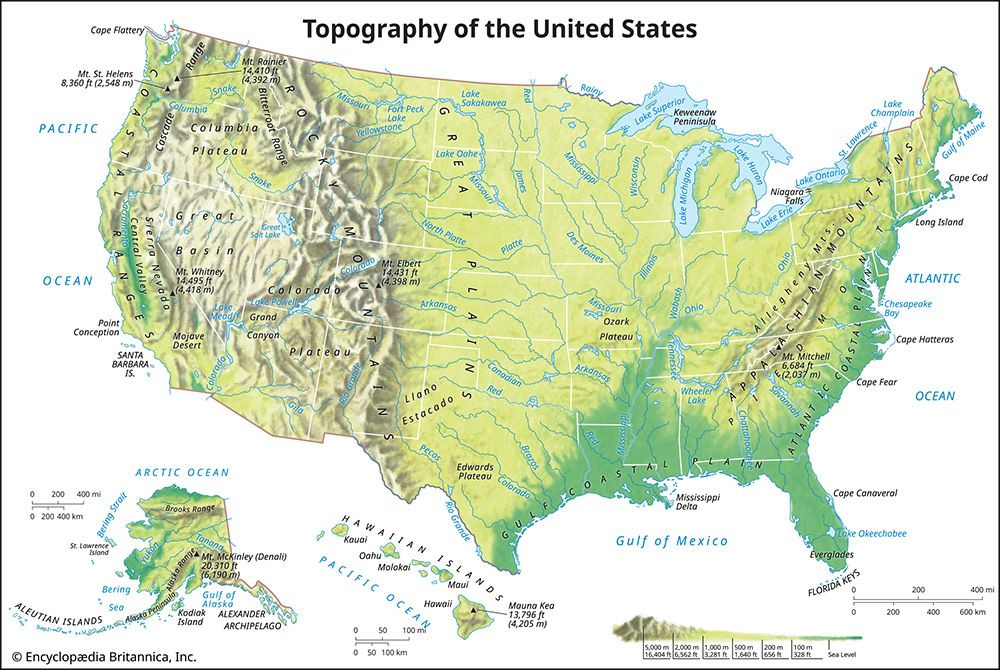
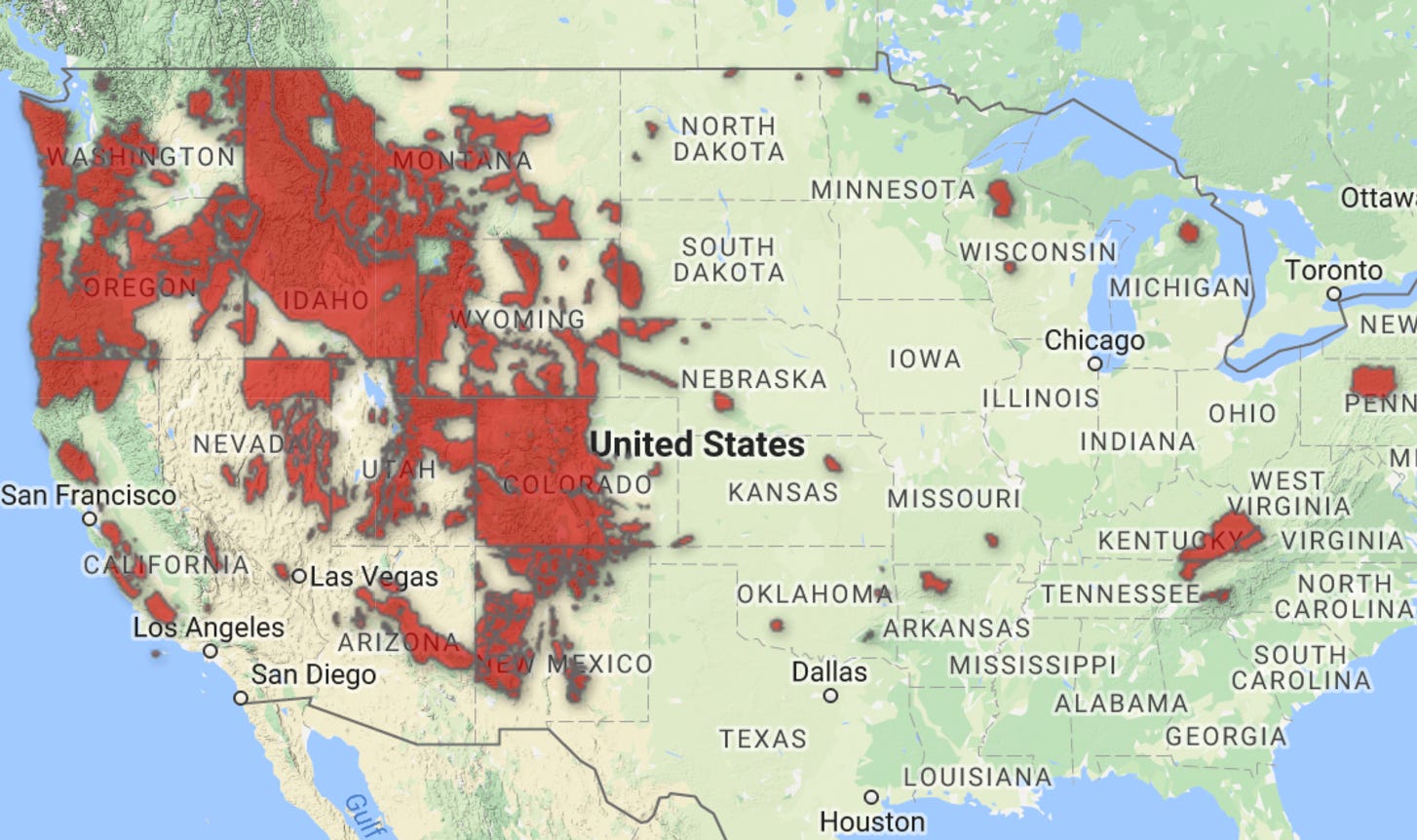
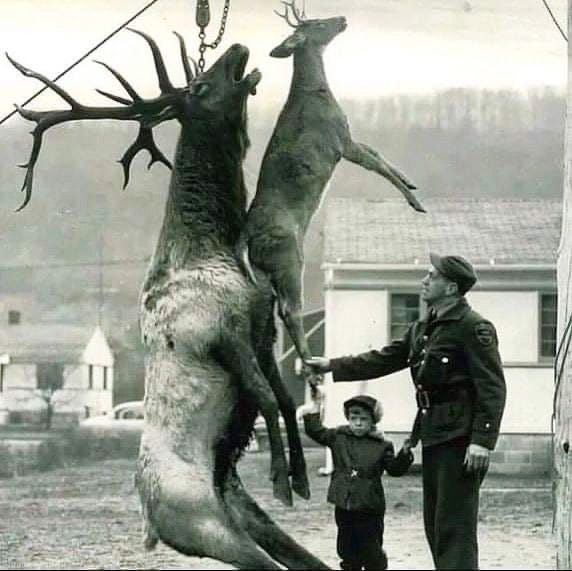
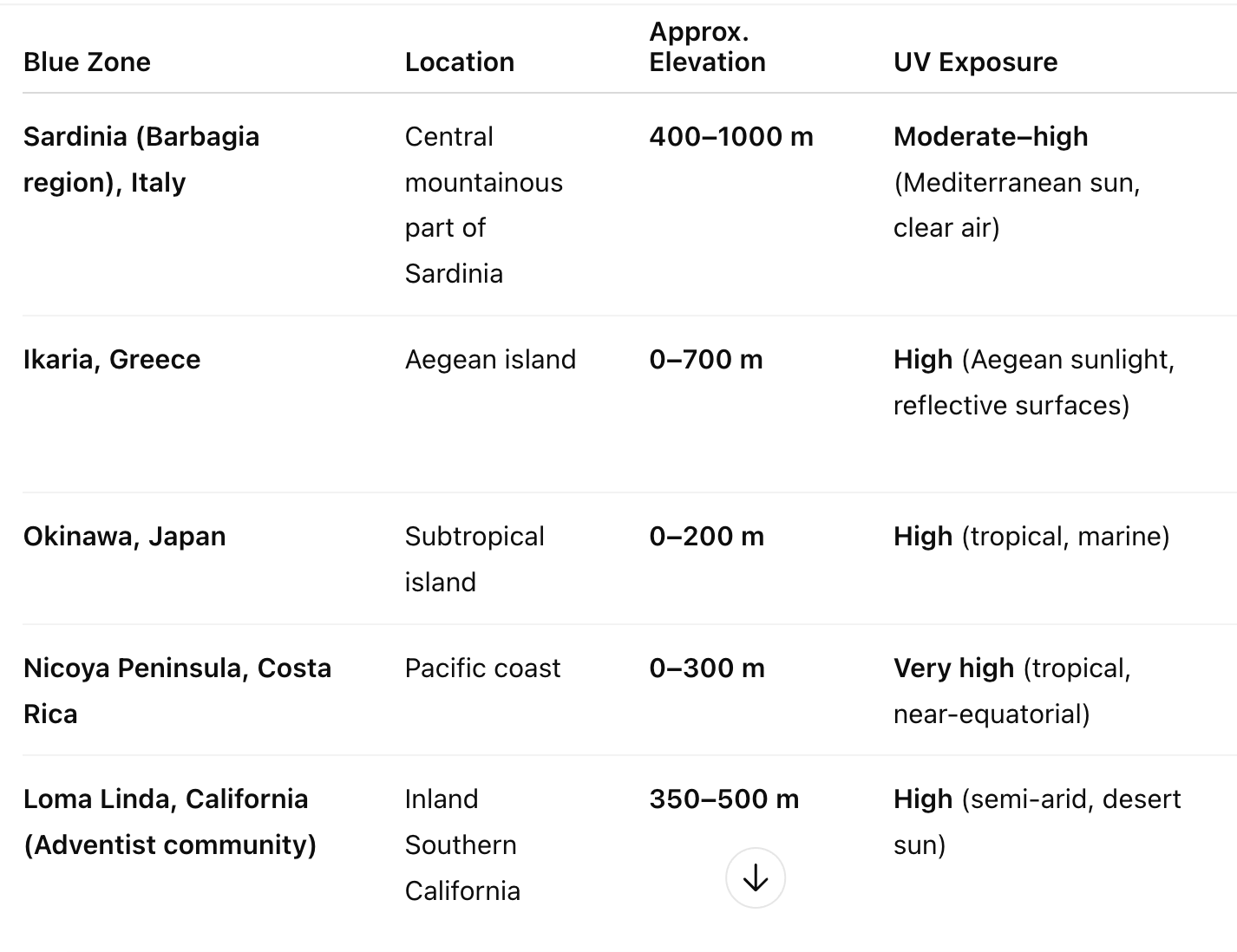
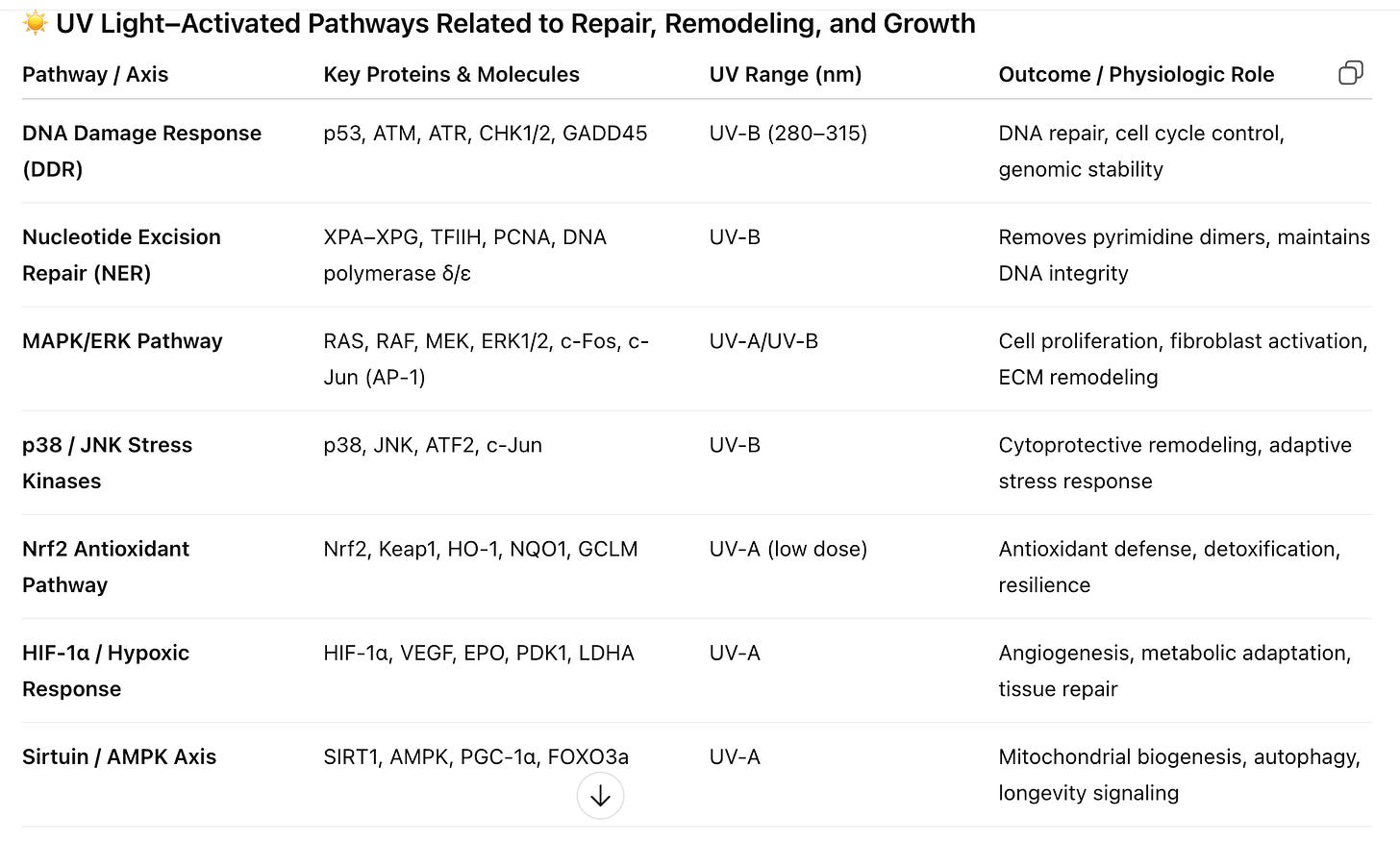

Living in Montana, I understand the UV dilemma, especially as the days of obtaining Vit D through sun exposure is coming to an end. When possible this past month (October), I have been exposing as much skin as I can tolerate being cold to the sun during my dwindling Vit D window. Soon it will be time to head south a few times during Winter to soak up more UV!
General rifle season opens next weekend for elk and deer. My eldest son, who is a guide, didn’t get a harvest during archery and is hoping to fill his tag during General. I hope he does, as I process his harvest so I can get very bit of vital nutrition from the animal including bones, liver and heart!
And, if they live in a terrain that’s more grassy—which I’m sure is improved by high UV light exposure—they taste so much better than if they’re eating a dry, brushy landscape. We’re just finishing our 3rd elk in 4 years that my husband got at 5-7k feet altitude.